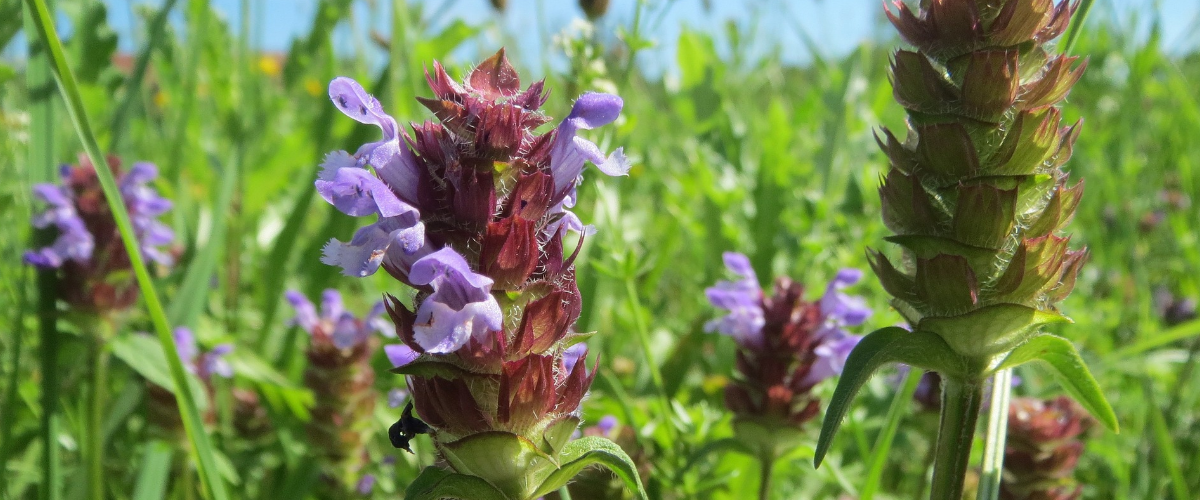When it comes to self-sufficient medicine, is there anything more appealing than a plant literally called Self-Heal? You might not have heard of this one, but it’s one of the most popular forms of herbal medicine in the East.
The Self-Heal plant, formally known as the Prunella Vulgaris, is a member of the mint family of herbs. It gained the name “Self-Heal” after numerous countries and cultures found it to be a popular choice for treating various types of ailments.
We’ve found reports of the plant being used for MANY things, from brewing an herbal tea from the leaves to treat sore throat, stomach and intestinal distress, gingivitis, osteoarthritis, HIV, herpes, diabetes, high blood pressure, even tuberculosis, liver cancer, and endometriosis. Some cultures even believe it can treat dementia. Alternatively, it can be used topically to treat cuts, sores, wounds, and inflamed skin.
In fairness, while there are many claims, none of these have been confirmed by the FDA. Evidence does suggest that tannins in the plant could work as an anti-inflammatory, though. Even so, the idea of growing some Self-Heal for your personal garden is appealing, especially if you’re seeking self-sufficient options.
How to Grow a Self-Heal Plant
Fantastic news! Prunella is a very easy to grow plant. It will grow just about anywhere. The ideal environment for it, though, are places with cool to mild temperatures and full sun to partial shade. This most closely emulates its natural environment of woodland edges. Mature plants grow between 1 and 2 feet tall, making them suitable for indoor growing via containers/pots.
The plant, like most mint varieties, grows rather quickly and spreads far. This is great for plants you intend to harvest. But if left unattended, they can overgrow and possible take over garden areas.
Seeds can be grown by lightly covering in soil and kept moist. Propagation is better done through division, however. Each Spring, separate existing plants and put either in separate containers or spread out by 6 to 9 inches. Since dividing doesn’t require pollination, this is the ideal method for plants grown indoors or somewhere that pollinators like bees aren’t common.
For some additional information about the plant, check out this handy report prepared by the USDA.

